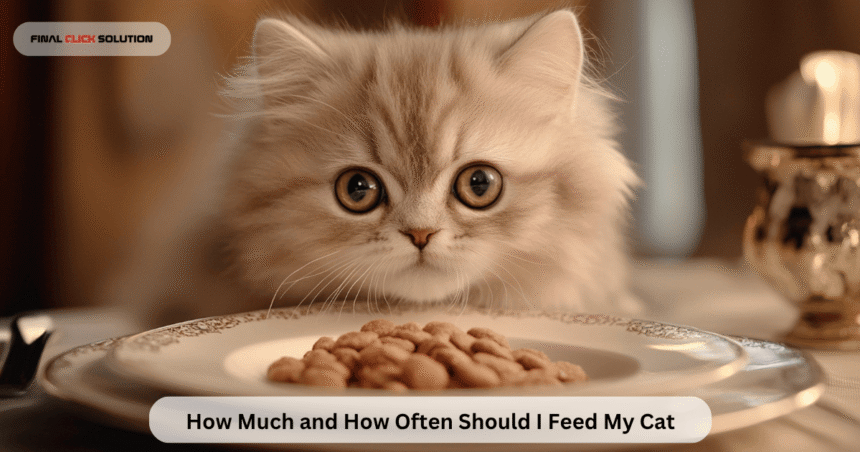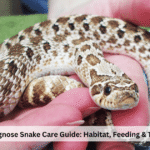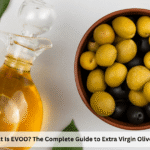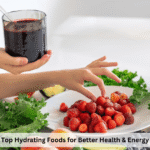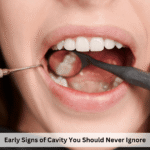Feeding your cat the right way is one of the most important aspects of pet ownership. A well-balanced diet doesn’t just keep your cat’s coat shiny—it supports digestion, growth, energy levels, and overall wellbeing. But with so many different foods, feeding schedules, and opinions out there, many owners wonder the same thing: how much should I feed my cat, and how often?
Let’s break it down clearly. This guide explains everything you need to know about cat feeding schedules, portion sizes, wet and dry food quantities, and how to adjust your cat’s diet according to age, weight, and activity level.
Understanding Your Cat’s Nutritional Needs
Cats are obligate carnivores, which means they need animal protein to survive and thrive. Their diet should include high-quality protein, essential fatty acids, vitamins, and minerals. Unlike dogs, cats can’t digest large amounts of carbohydrates efficiently, so a protein-rich diet is always best.
When considering what should cats eat, the focus should be on foods that support muscle maintenance, healthy skin, and strong immunity. Whether you choose dry food, wet food, or a combination of both, always prioritize natural ingredients with balanced nutrients.
How Much Should I Feed My Cat?
The answer depends on several factors, including your cat’s age, weight, activity level, and overall health. On average, most adult cats need 20 to 30 calories per pound of body weight per day to maintain their weight.
For example:
- A 10-pound cat typically requires about 200–300 calories daily.
- A 15-pound cat might need around 300–450 calories daily, depending on activity.
If you’re unsure, start with the feeding guidelines on the cat food packaging and adjust based on your cat’s body condition. If your cat is gaining or losing weight unexpectedly, it’s wise to talk to your vet about portion adjustments.
How Often Should I Feed My Cat?
Many cat owners wonder how often should I feed my cat or how many times a day should a cat eat. The answer varies with age and lifestyle.
- Kittens (under 6 months) – 3 to 4 small meals a day.
- Adult cats (1–7 years) – 2 meals a day, spaced 8–12 hours apart.
- Senior cats (7+ years) – 2 meals a day, but with slightly smaller portions or special senior cat food.
Cats are natural grazers and may prefer eating multiple small meals, but scheduled feeding helps control calorie intake and prevent obesity. If you work long hours, consider using an automatic feeder to maintain a consistent feeding schedule.
Cat Feeding Chart: How Much to Feed a Cat
Every cat is unique, but a feeding chart helps you estimate portion sizes. Here’s a general guideline:
| Cat Weight | Wet Food (per day) | Dry Food (per day) | Calories per Day |
|---|---|---|---|
| 5 lbs | 3 oz (1 small can) | ¼ cup | ~180 cal |
| 10 lbs | 6 oz (2 small cans) | ½ cup | ~250 cal |
| 15 lbs | 8 oz (2.5 cans) | ¾ cup | ~360 cal |
| 20 lbs | 10 oz (3 cans) | 1 cup | ~420 cal |
This cat feeding chart is a helpful starting point, but remember that portion sizes can differ depending on your chosen food brand and your cat’s metabolism.
How Much Wet Food to Feed a Cat
Wet food (also known as canned food) has high moisture content, which helps keep cats hydrated. It’s often the preferred choice for cats prone to urinary tract issues or dehydration. So how much wet food should a cat eat a day?
Most cats benefit from eating 3 to 6 ounces of wet food daily, divided into two or more meals.
- Small cats (5 lbs) – about 3 oz of wet food per day.
- Medium cats (10 lbs) – around 6 oz per day.
- Larger cats (15 lbs or more) – up to 9 oz per day.
If your cat also eats dry food, reduce the wet food portion slightly to balance calories. Wet food should always be served fresh and stored in the refrigerator after opening.
How Much Dry Food to Feed a Cat
Dry food (kibble) is convenient, cost-effective, and easy to store, but it’s less hydrating than wet food. When feeding only dry food, ensure your cat drinks enough fresh water daily.
So, how much dry food should a cat eat a day?
Generally:
- Small cats (5 lbs) – around ¼ cup of dry food per day.
- Medium cats (10 lbs) – about ½ cup per day.
- Larger cats (15 lbs) – around ¾ cup per day.
If you’re feeding both wet and dry food, adjust the amounts accordingly. Cats eating both types of food typically consume smaller portions of each.
How Much Wet Food to Feed a Kitten
Kittens grow rapidly and require more calories, protein, and fat than adult cats. If you’re wondering how much wet food to feed a kitten, it depends on age and weight.
| Kitten Age | Wet Food per Feeding | Feedings per Day |
|---|---|---|
| 6–12 weeks | 1–2 oz | 4–5 times |
| 3–6 months | 2–3 oz | 3–4 times |
| 6–12 months | 3–4 oz | 2–3 times |
Kittens have small stomachs, so frequent small meals help with digestion and energy levels. Always choose kitten-formulated food, as it provides the extra nutrients needed for growth.
What Should Cats Eat?
When choosing what to feed cats, always look for a diet high in animal protein, moderate in fat, and low in carbohydrates. Both wet and dry foods have benefits:
- Wet food: High moisture, helps hydration, great for urinary and kidney health.
- Dry food: Convenient, helps dental health, long shelf life.
The ideal approach is often a combination feeding plan — half wet food, half dry food. This ensures hydration and nutrient balance while keeping your cat satisfied.
Avoid giving cats human food, milk, or high-sodium items, as these can cause digestive issues or toxicity.
How Many Times a Day Should You Feed a Cat?
In most cases, cats should eat two main meals a day — morning and evening. However, some cats prefer small, frequent snacks. The key is consistency. Feeding your cat at the same times daily helps regulate digestion and metabolism.
If you’re gone during the day, you can divide the daily portion into multiple smaller feedings using an automatic feeder. Kittens and highly active cats may need three or four meals per day to maintain energy levels.
How Much Should a Cat Eat a Day?
Most adult cats eat between 4 and 6 ounces of food daily, depending on calorie content. You can check the feeding guide on your food packaging to get a more specific recommendation.
An easy formula is:
Weight (lbs) × 20–30 calories = Daily Calorie Needs.
Example: A 12-pound cat would need around 240–360 calories per day.
If you’re feeding both wet and dry food, calculate the calories of each portion and adjust to maintain balance.
Cat Feeding Schedule: Best Practices
Consistency is key to maintaining your cat’s health. Here’s a simple cat feeding schedule:
- Morning: Feed half of the daily food portion (wet or dry).
- Evening: Feed the remaining half.
- Kittens: Add extra small meals between morning and evening feedings.
Fresh water should always be available. Cats often drink less than they need, so encourage hydration with a pet fountain or by mixing water into wet food.
What Happens If Your Cat Skips a Meal?
Cats can be picky eaters, but skipping meals regularly is a concern. Many pet owners ask how long can a cat go without food. The answer is no longer than 24 hours — after that, their liver can start to accumulate fat, leading to a serious condition called hepatic lipidosis. If your cat refuses food for more than a day, contact your veterinarian immediately.
Tips for Healthy Feeding
- Measure every meal. Use a measuring cup to ensure consistent portions.
- Avoid overfeeding. Obesity is one of the most common feline health issues.
- Feed quality food. Choose brands with natural ingredients and essential nutrients.
- Provide clean water. Hydration is as important as food.
- Monitor weight. Check your cat’s body shape regularly. A healthy cat has a visible waistline and ribs you can feel but not see.
- Adjust diet with age. Older cats may need senior formulas with fewer calories.
When to Consult Your Vet
If your cat is gaining or losing weight rapidly, eating less, vomiting, or showing signs of lethargy, it’s time for a veterinary check-up. Your vet can determine whether your feeding routine, food choice, or portion size needs adjusting.
Final Thoughts
Feeding your cat correctly is the foundation of a long, happy life. Knowing how much to feed a cat per day, how often to feed them, and what foods suit their needs helps prevent obesity, malnutrition, and digestive issues. Whether you prefer wet or dry food, or a mix of both, balance is key. Follow a consistent feeding schedule, monitor portion sizes, and always provide fresh water.
By understanding your cat’s individual needs and maintaining a healthy feeding plan, you’ll ensure your feline friend stays active, healthy, and full of life—every single day.


